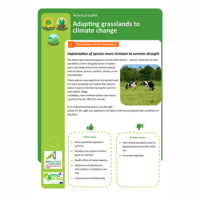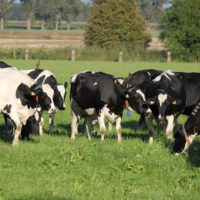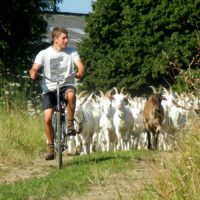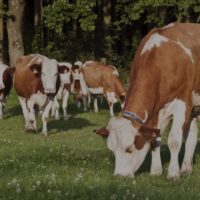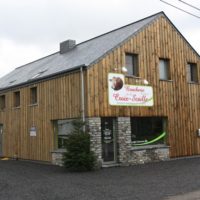Half-day access to pasture included in the feed ration with concentrate and conserved feed
Practice abstract
Description
In Poland, most of the dairy farms are based on the indoor housing systems. This management is adapted for intensive maize-based dairy cow feeding systems with a focus of increasing milk production per head. More farmers have developed a different approach to increasing farm profit. They have not increased milk production, but adjusted to maintain a reasonable production level and reduced different production costs, maximising their own resources and improve overall farm profitability.
The RGD Brody is an experimental farm of Poznan University of Life Sciences. Part of the area belonging to the farm is located on organic lime based soils that are not suitable for cereal and plant production, as they were in permanent pasture. The farm’s innovation is the feeding system, which includes grazing during the vegetation season with “half-day access” to pasture. The exact length of daily grazing depends on the lactation phase of the cows. The pasture offered is balanced with conserved and concentrate feeds when the animals are indoors.
Thanks to this innovation, it is possible to fully use the forage resources from permanent grasslands. Half-day access to pasture during the vegetation season is beneficial due to decreasing the milk production costs, the improvement of animal welfare and health, as well as improved milk quality which can obtain a higher milk price. The problem with grazing is the influence of soil moisture deficits or floods which can result in temporary feed deficits.
Abstract also available in:
Dutch | French | German | Italian | Polish | Swedish
Additional information
| Farming system | conventional farming |
|---|---|
| Domains of innovation | animal feeding management, grazing management system |
| Main types of animal | dairy cattle |
| Country | Poland |
| Product type | Practice abstract |
| Language | English |

